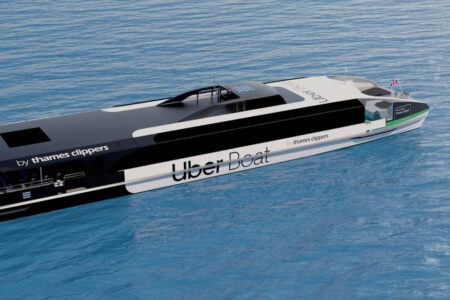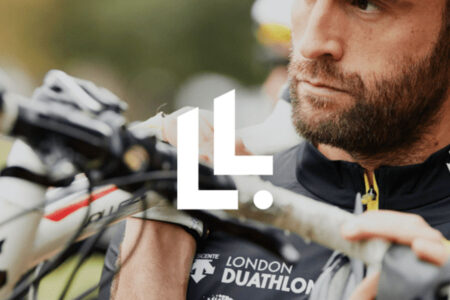SurvivorsUK are a charity dedicated to supporting male victims of rape and sexual abuse by offering counselling and providing information to those affected.
With very few services of this kind available, we wanted to help create a website that could make a positive impact on the lives of survivors.
Following a 3 day workshop with SurvivorsUK, we developed a detailed understanding of their requirements and those of the Ministry of Justice who were involved in funding the project.
Understanding the needs of the user
One of SurvivorsUK’s main requirements was to establish a web presence that met the needs of their users, whilst delivering a chat function that met with the requirements of the Ministry of Justice.
We followed our established UX process but due to the sensitive nature of the subject, speaking to users was a particular challenge.
One way we addressed this was to interview people who worked for the SurvivorsUK helpline. This allowed us to speak to those on the front line and provided an open forum to discuss the difficulties users were having with the website, without breaking confidentiality.
A data review was carried out, in order to understand how users were interacting with the site, but the main piece of research, was a focus group with Survivors themselves, where they were invited to talk about how SurvivorsUK had helped them and what website changes might have made a difference to their journeys.
How research informed the build
Once research was completed, we produced the following outputs based on data and real insights from users:
- Wireframes
- A responsive prototype
- A video testimonial for the website
- Integration with chat functionality
New designs were then tested with some of the same users from the focus group, to see if the changes met their needs and expectations. This was all done in the strictest confidence and with absolute anonymity.
We also needed to make sure that the website accommodated a solely male audience, as many peer websites are often primarily targeted at women, which was expressed as a frustration by users.
The research showed that the design needed to avoid being feminine or show stereotypes of counselling – as this could have the impact of making the counselling process seem more daunting.
The prototype was received positively by members of the focus group, and it was this approval that confirmed we were on the right path as we moved into the build phase of the project.
Related case studies
Featured Service
UX Research & Analysis
Gain deep user insights to refine design, usability, and engagement.
Featured Service
Website Design
Develop stunning, user-friendly websites that align with business goals.







